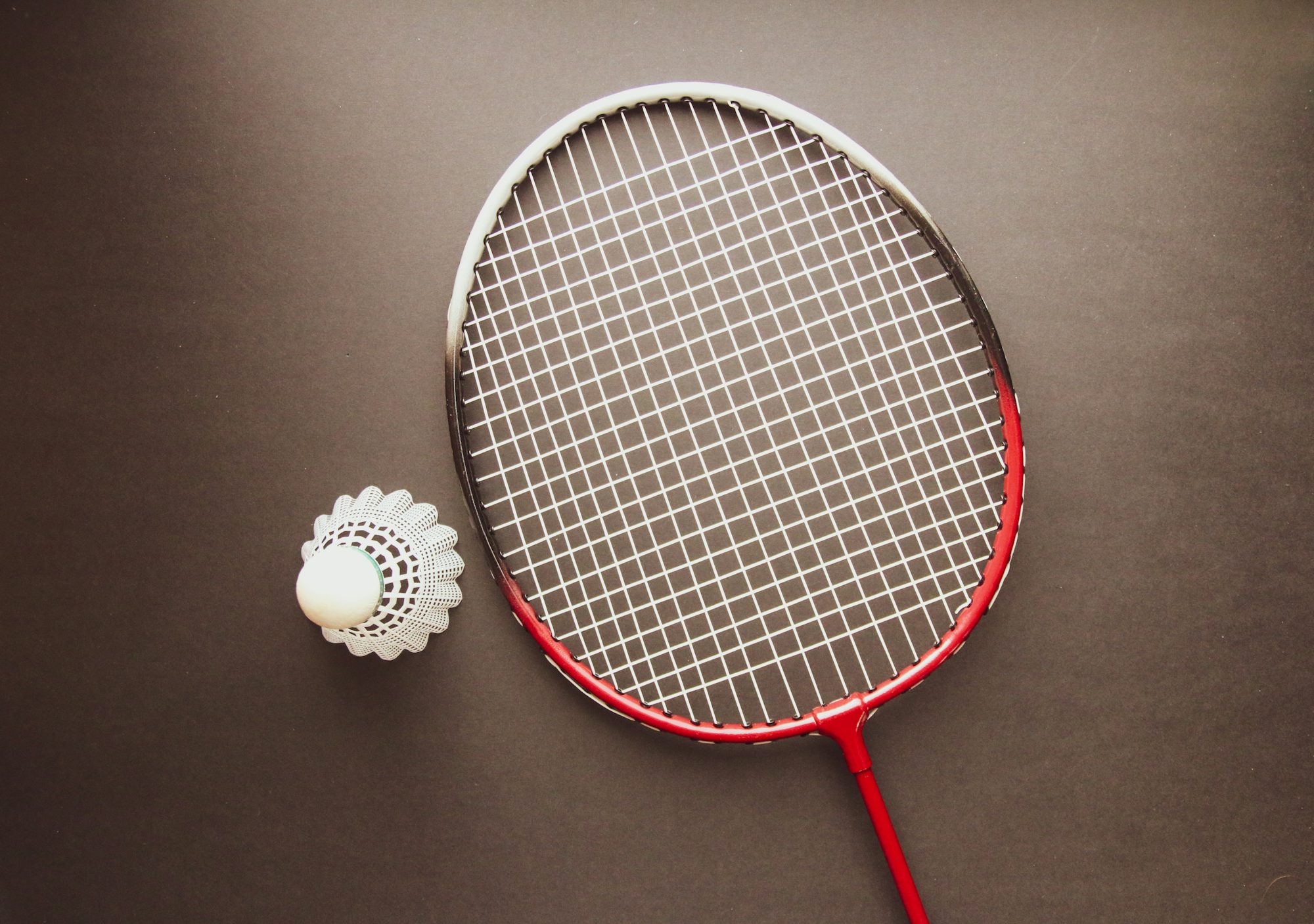
At the heart of tennis are the basic strokes that every player must learn: the forehand, backhand, serve, and volley. Each of these strokes requires specific techniques and practice to execute effectively. The forehand, often considered the most powerful shot in tennis, involves a fluid motion that combines footwork, body rotation, and wrist action. Players must practice hitting the ball with the correct grip and stance, ensuring they can generate both power and control.
The backhand, on the other hand, can be more challenging for many players. It can be executed with one hand or two, and mastering this shot often requires extensive practice. The key to a strong backhand lies in proper timing and positioning, allowing players to strike the ball cleanly. Many professional players have developed unique backhand styles that suit their playing strategy, making this shot a critical area for improvement.
Serving is a pivotal aspect of tennis that sets the tone for each point. A well-executed serve can put immediate pressure on the opponent, often leading to easy points. The serve involves a combination of strength, precision, and rhythm. Players should focus on their toss, racket angle, and follow-through to develop a consistent and powerful serve. Various types of serves, such as flat, slice, and kick serves, provide players with different tactical options during a match, making it essential to practice and incorporate these variations into their game.
Volleys, typically played near the net, require quick reflexes and precise footwork. A successful volley can often end a point swiftly, allowing players to capitalize on their opponent's weak shots. Proper positioning and anticipation are vital for executing effective volleys. Players must develop their ability to read the game, recognizing when to approach the net and execute a decisive volley. Practicing this skill will enhance a player’s overall court coverage and ability to finish points.
In addition to mastering strokes, footwork is a critical component of tennis that significantly influences a player's performance. Quick and agile movement allows players to position themselves effectively to hit the ball. Footwork drills, such as ladder exercises, side shuffles, and sprinting, can enhance a player's speed and agility on the court. Moreover, understanding the importance of balance during movement helps players maintain stability when striking the ball, leading to better shot execution.
Mental toughness is equally important in tennis. Players must cultivate the ability to stay focused and composed, especially in high-pressure situations. Developing a strong mindset can involve various strategies, including visualization techniques, goal setting, and maintaining a positive attitude. Players should work on their ability to manage emotions during matches, as staying calm and collected can make a significant difference in performance. Emphasizing mental resilience allows players to bounce back from setbacks and maintain their competitive edge.
Strategy also plays a crucial role in tennis, influencing how players approach their matches. Each player must analyze their opponent’s strengths and weaknesses, adapting their game plan accordingly. For instance, a player may choose to exploit an opponent's weaker side or play to their strengths, dictating the pace of the match. Understanding court positioning, shot selection, and the timing of aggressive plays are essential components of developing a winning strategy.
Fitness and conditioning are fundamental aspects of any athlete's training regimen, and tennis is no exception. Players must engage in a comprehensive fitness program that emphasizes strength, endurance, flexibility, and agility. Cardiovascular training, strength exercises, and flexibility routines contribute to overall athleticism, allowing players to perform at their best during long matches. Proper nutrition and hydration also play a vital role in maintaining energy levels and recovery, ensuring players can sustain their performance throughout the game.
As players progress in their skills and techniques, practice becomes increasingly important. Regular drills, practice matches, and feedback from coaches can significantly enhance a player’s development. Consistent practice not only solidifies fundamental skills but also fosters a deeper understanding of the game. Players should embrace the process of learning and improving, as tennis is a sport that requires lifelong dedication and passion.
Moreover, participating in local leagues, tournaments, and friendly matches offers invaluable experience. Competing against different opponents exposes players to various styles of play, helping them adapt and grow as athletes. Engaging with the tennis community also provides opportunities for networking, camaraderie, and mentorship, enriching the overall experience of being a tennis player.
In summary, mastering the essential skills and techniques in tennis is a multifaceted journey that encompasses physical, mental, and strategic elements. From perfecting strokes to developing mental resilience, each aspect plays a critical role in a player’s success on the court. As players dedicate themselves to honing their craft, they not only enhance their performance but also deepen their love for the sport. Tennis, with its rich history and vibrant culture, continues to inspire individuals worldwide, inviting them to embrace the challenges and joys that come with each match.
Whether you are a novice eager to learn the basics or an experienced player striving for excellence, the path to mastering tennis is both rewarding and fulfilling. By committing to continuous improvement and embracing the thrill of competition, players can unlock their potential and enjoy all that tennis has to offer.